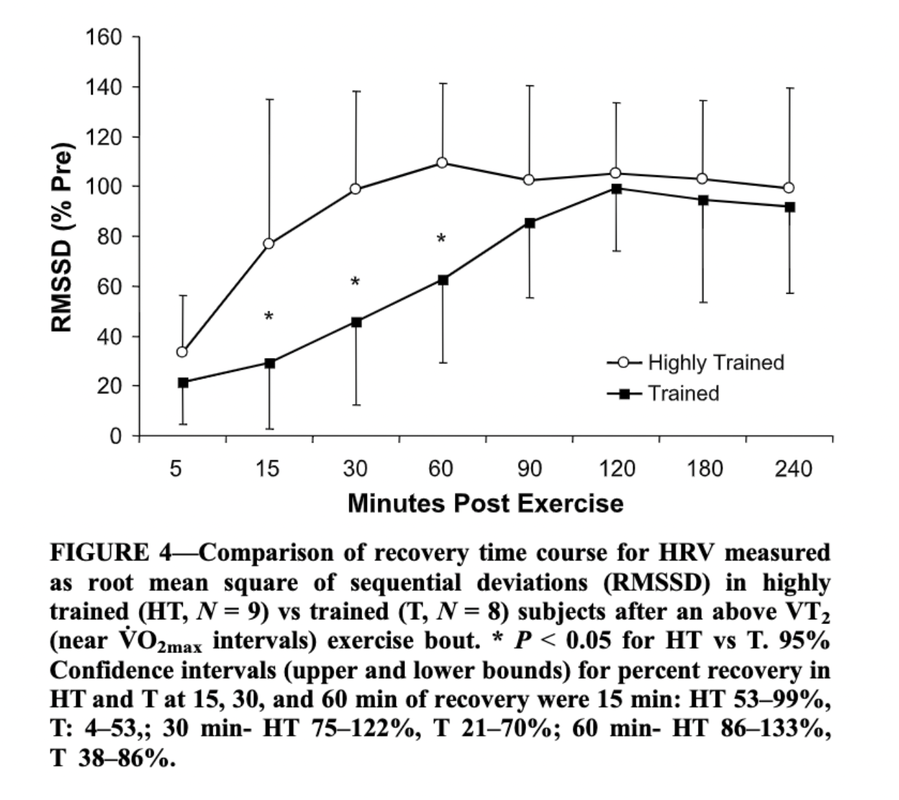HRV4Training
|
Blog post by Marco Altini A common misconception is that HRV should dictate how you can perform. However, this is not the case. For example, delayed onset muscle soreness (DOMS) and nervous system recovery are on a different schedule. In this blog, I would like to discuss what it means when your HRV is still within normal after a hard workout, and what you should expect after such sessions. This can be confusing at times, but there is nothing better than a good (within normal range) HRV after a hard session. Why would this be the case? A good HRV after a hard session shows that you were able to quickly bounce back. This is a sign of good fitness and an highlights how an adequate training stimulus was applied. Most importantly, you should not expect your HRV to sink after a hard workout. If that is the case, it does not mean that you did a "good workout" (other common misconception), but it means that you dealt poorly with the workout and could not bounce back within a reasonable time. Elite athletes hardly ever see dips in their HRV post hard workouts. Are they not training hard or not training enough? unlikely. However, their autonomic nervous system recovers much faster than in other trained individuals, as we can see from the figure below (full paper here). If your HRV stays suppressed after 24 hours since your workout, most likely:
These are key points highlighted by Andrew Flatt in his research. When it comes to recovery, HRV is one piece of the puzzle. Having recovered quickly from a nervous system point of view means you have the capacity to assimilate the stimulus. Additionally, a stable HRV highlights how you are also dealing well with non-training related stressors (even more important). Yet, there should be no surprise if your daily HRV does not correlate with muscle soreness or feel (whatever that means) or performance. HRV is your response: keep it stable. If today you are resting and your HRV looks good, you are in an ideal situation. For any feedback on this blog, feel free to reach me here. Comments are closed.
|
Register to the mailing list
and try the HRV4Training app! |




